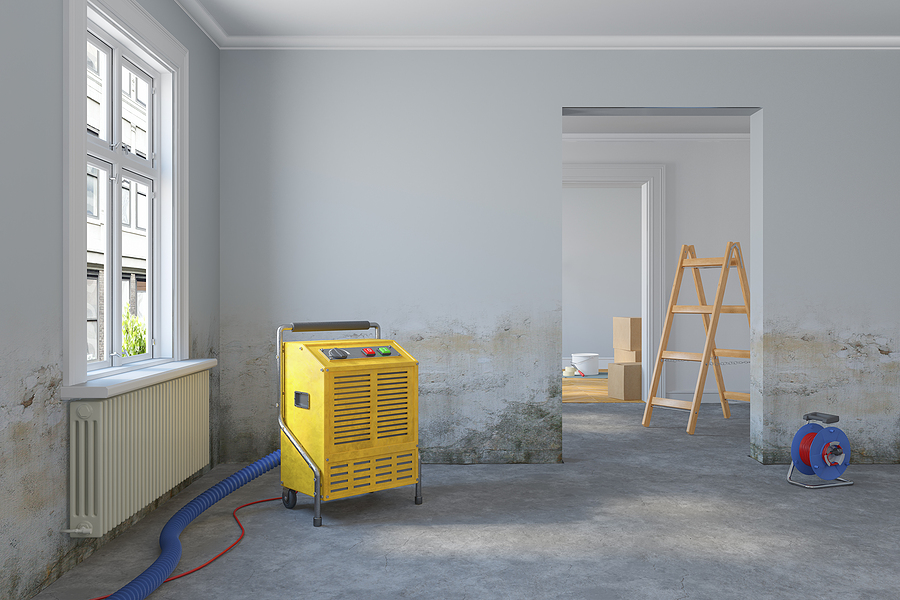Water damage is one of the more common problems a homeowner can face. It is caused by various factors, including leaking pipes, floods, and heavy rain.
When left unchecked, water damage leads to structural damage and mold growth, which all can lead to even costlier repairs down the line. For these reasons, it is important to determine if the water damage you have noticed in the home is new or has been there for a while.
Start by Inspecting the Damage
The first step is to inspect the damage carefully. Is there any discoloration, warping, or bubbling? If the water damage is fresh, it might still be wet. However, if the area looks damaged but is worn and dry, it is probably from old water damage that went untreated.
Sniff for Musty Odors
Next, sniff around a bit. Do you notice a musty smell in the area? If so, the water damage has likely been there for a while. This unpleasant odor is the result of mold and mildew growth. Mold loves moist environments. If you suspect mold or mildew, you want to address the issue as soon as possible to avoid more damage.
Wall Inspections
Wall inspections are also important. This kind of damage is pretty easy to spot. Look for peeling paint, cracks, and bubbling. You may notice the wall is wet or peeling off in large sections if it is new damage. Also, check if the walls are sponge-like or soft to the touch; this could mean the water damage has been there longer than you thought.
Check the Ceiling
Water damage on the ceiling is often more noticeable than water damage on the walls. This will make it easier to determine if the damage is new or old. Look for water stains, discoloration, and any kind of sagging. New damage often includes a wet ceiling and darker stains. Older damage is often lighter and causes the ceiling to sag.
Look at the Flooring
Now, take a closer look at the flooring. This is one of the more challenging areas because the water damage could be under hardwood or carpeting. Look for warping, buckling, or staining. New water damage to the flooring will be wet with a darker stain, older damage will be lighter, and there will be warped or buckled areas.
Final Words
It is essential to take the time and look around for water damage in the home. When you inspect the affected area carefully, make sure to keep a nose out for musty odors and inspect the walls, flooring, and ceiling to determine if the water damage is new or old.
Even if the water damage turns out to be old, you need to address the issues immediately to prevent further damage. This is where a professional water removal company comes into play. They have the specialized equipment and knowledge needed to address the problems and prevent further damage from occurring.

